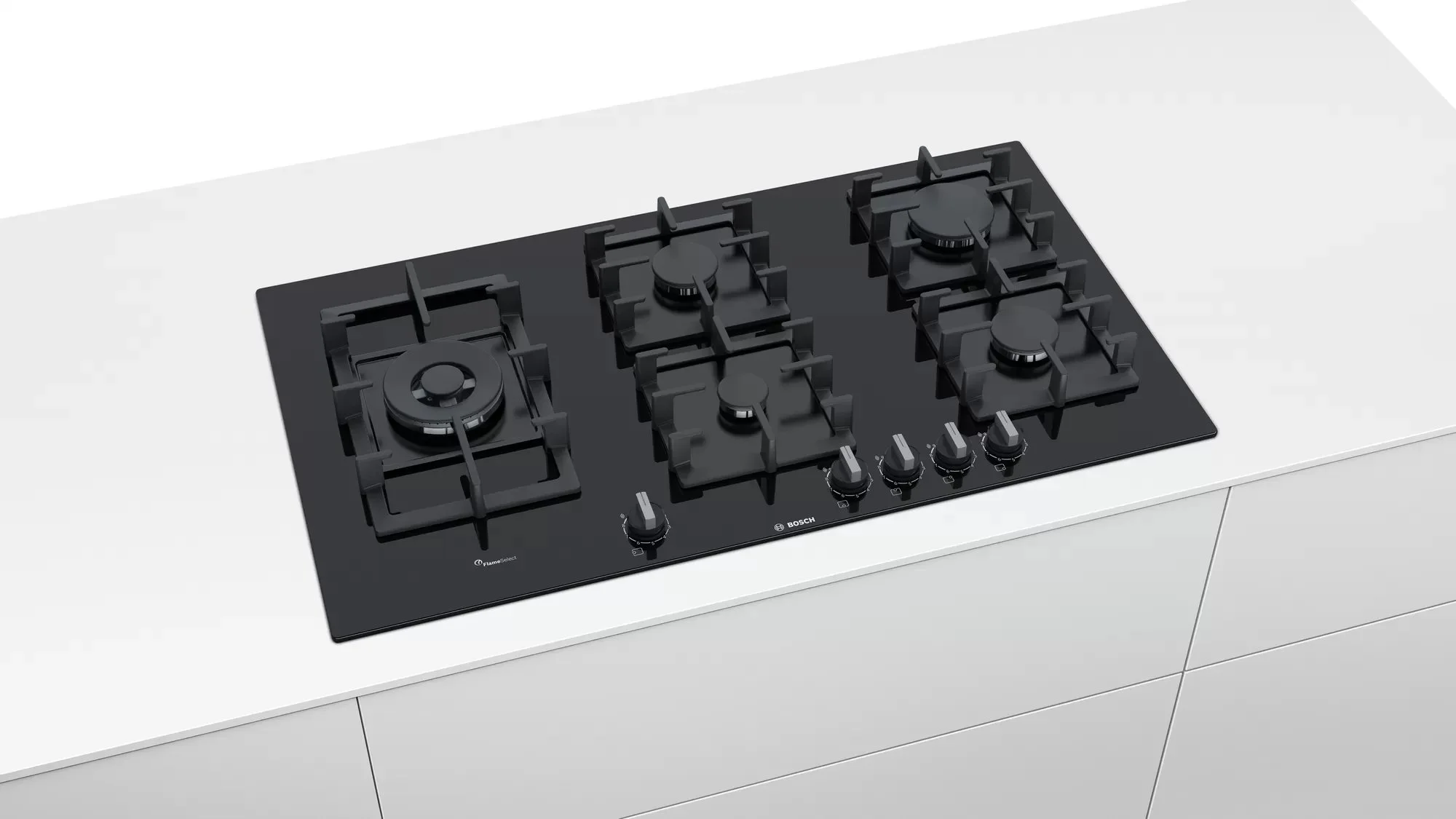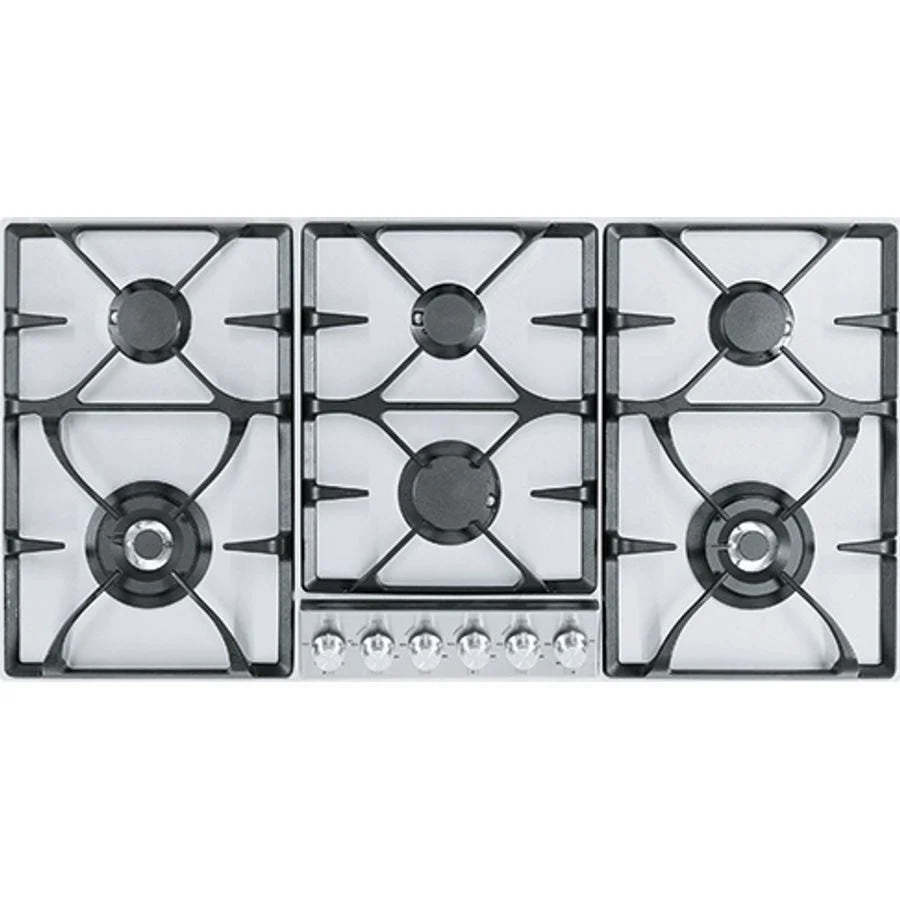Pros/Cons of different finishes in gas cooktops
There is more than a few materials used for the ‘top’ section of the cooktop and I really wanted to break down the differences as it seems this isn’t available anywhere
The main requirements for rest of the surface which isn’t used for cleaning is and normally in this order
Cleaning
Looks
Longevity
Below I’ll list the pros and cons of each type and mention anything that really should be discussed when people say “easy to clean”
Couple things That apply to all the below
-All stainless steel scratches, just not deeply so grime doesn’t build up in them easily
-All glass scratches are roughly the same rate as stainless (but normally deeper)
In short, everything scratches. The only thing that stops this is smart designs by manufacturer like rubber feet in the right location, Enameled Trivets which aren’t rough. I’ll have another article on these and the different brands
Now, let’s get into it!
Pressed stainless steel
WHG958SC
Pros
Majority of cooktops sold due to cheapest manufacturing process
Until recently rarely went over 20Mj due to heat reflection warping the cooktop, but Electrolux has a new 24mj surprisingly
Cons
Most brands use a decent stainless steel (304 stainless is a type of stainless, not the quality level the company used) Not all companies though.
Can show spot rust from using spray and wipes
Pressed stainless steel with slim edge
ILFM905KX
Pros
Potential to Flush mount or get a slim installation
Cons
Same Stainless steel issues as above
In the versions with the sunken burners (To get that awesome flush look) the burners are downgraded due to Australian standards. Never expect to Wok cook on one of these
Powder coated finish
HG1986AD
Pros
Can’t get spot rust, more difficult to scratch than Stainless or Glass
Some great black ones on the market like this asko
Cons
As they aren’t made of Stainless if you do manage to scratch it badly and expose the underneath steel, it can rust (dependable on brand)
Very little choice as it adds more cost to do properly
Black Glass Toughened
Pros
Very cheap to produce and get the black glass appearance
Cons
Toughened Glass is the same glass in the side windows of your car, so when you break them it blows into a thousand pieces. 2 things make toughened glass horrible for cooktops
Scratches overtime weaken the glass, then with the different rates of heat expansion on the glass when cooking will cause it to “Pop” into a thousands pieces. This is not covered under warranty
The restrictions on power due to heat expansion. Bosch’s version Here and Westinghouse version here are 2 great sellers. Well Bosch is only 15MJ for the wok and has metal caps around all burners which are a pain in the ass to clean and The Westinghouse had 20MJ, but has been paused once and now discontinued due to breakage rate of glass.
My advice: Do not buy Toughened/Tempered Glass cooktops to use or rental properties
Black Glass Ceramic
CG905DNGGB4
Pros
Same glass as induction cooktops, absolutely no issue with heat like toughened glass
Slimmer glass Than toughened which is actually black (not painted black like toughened glass)
Most powerful cooktops on the market are normally ceramic glass
Cons
Can still break, it’s glass. They normally break from chips or hitting the edge of the glass which is the weakest part
If you did break the glass, most brands are about $1,000 to replace the glass.
Honorable mentions to cooktop specialty brands Pitt, Franke
FIG906S1N
Franke cooktops use some 3mm Stainless steel with 22MJ brass burners, I think the best option out there for a high power Stainless steel cooktop and Australian made!
Pitt Cooktops
have these amazing burners which poke through the benchtop and tick every box for me except price
All these cooktops suit different needs/wants on cleaning, looks and price points and all have their place in the market. I recommend going into a winnings or E & S store and discuss the type of cooking you do to get advice on which direction you should go







